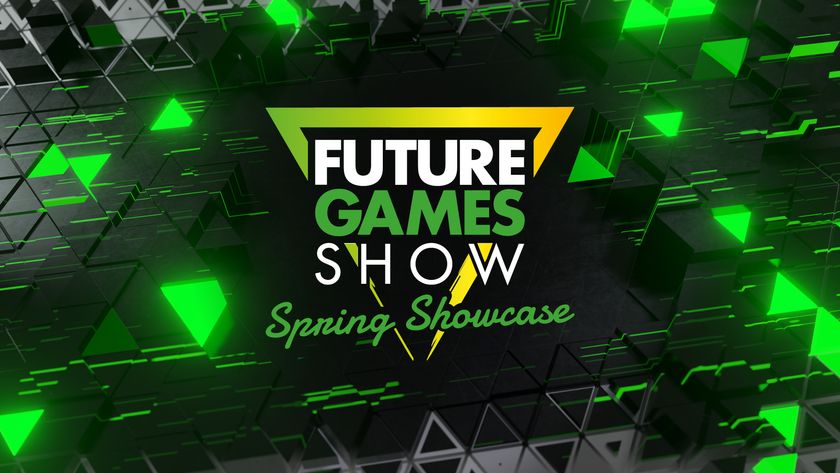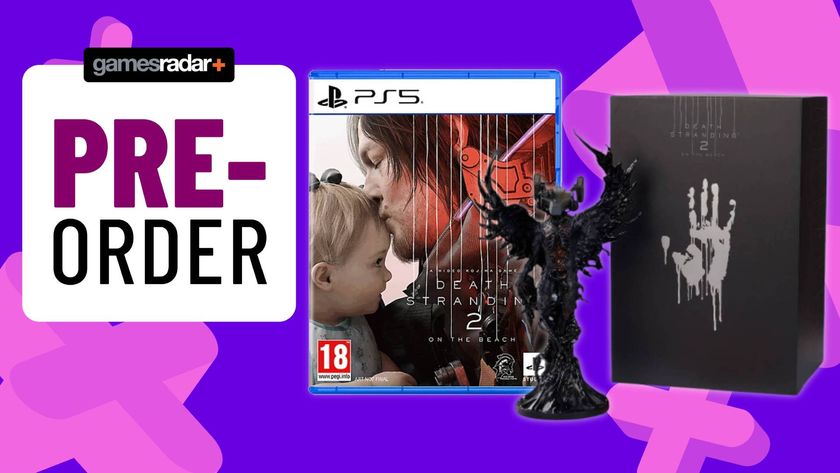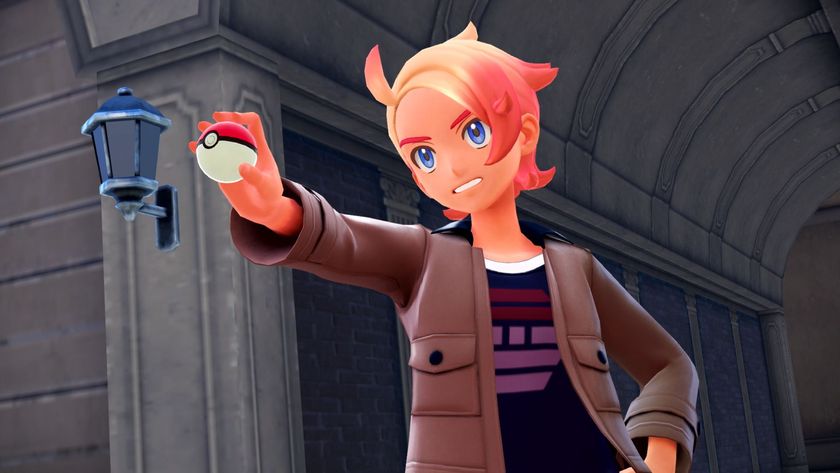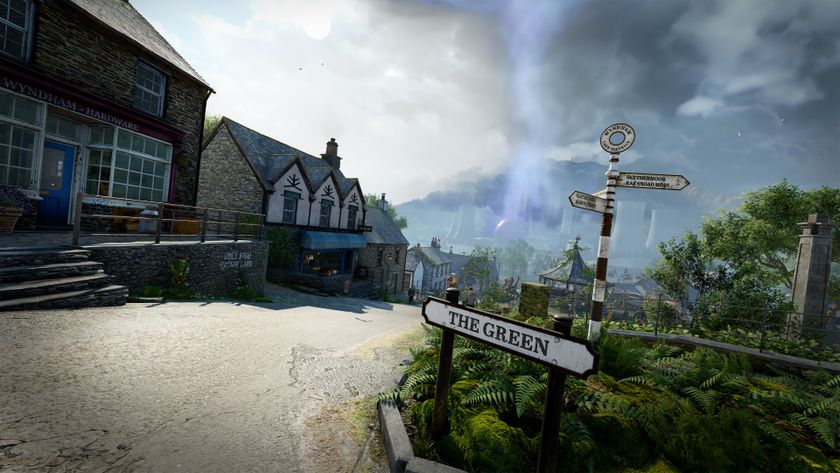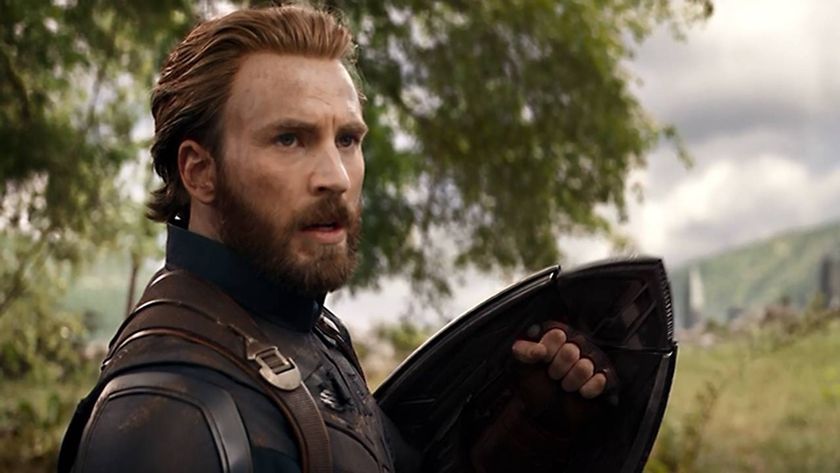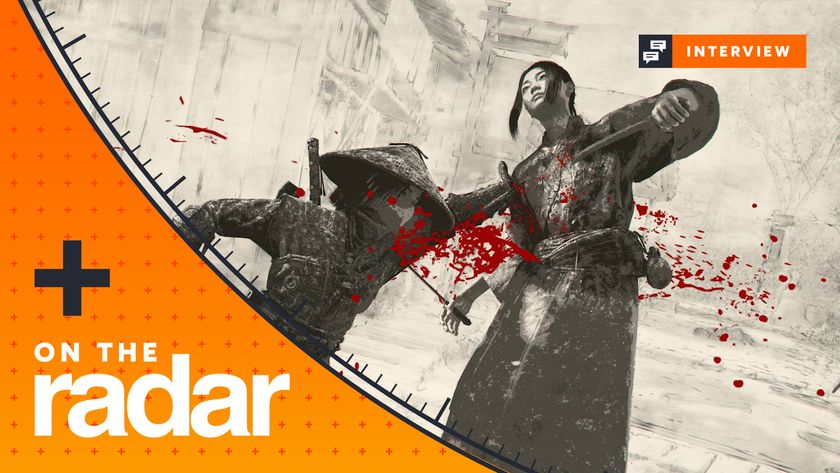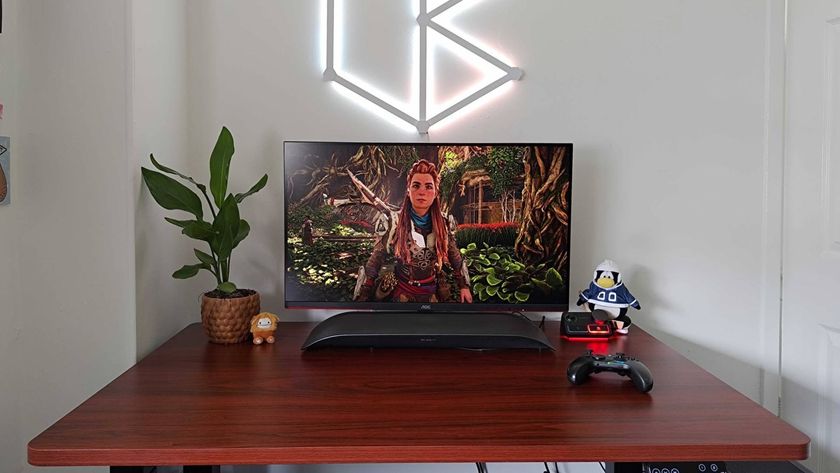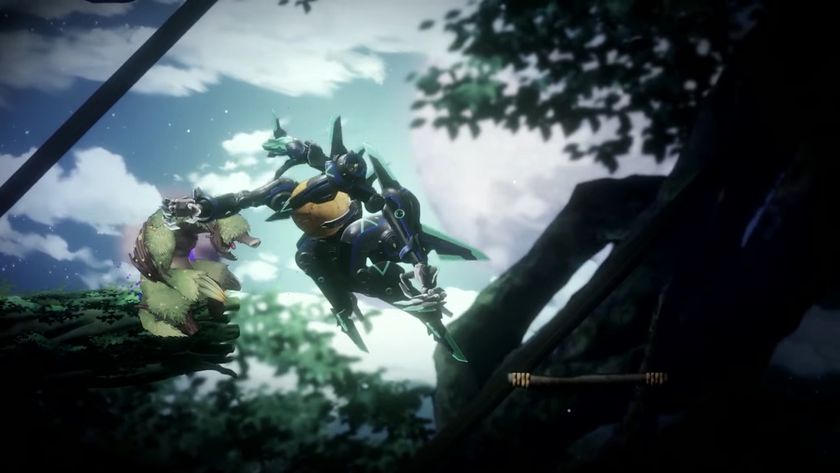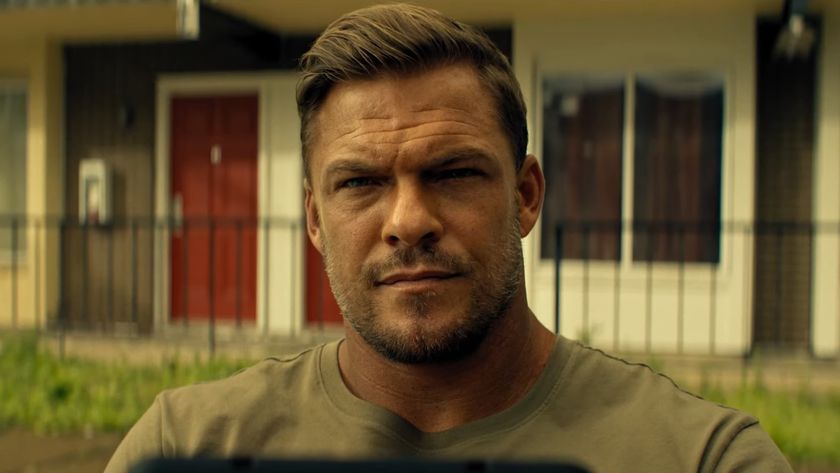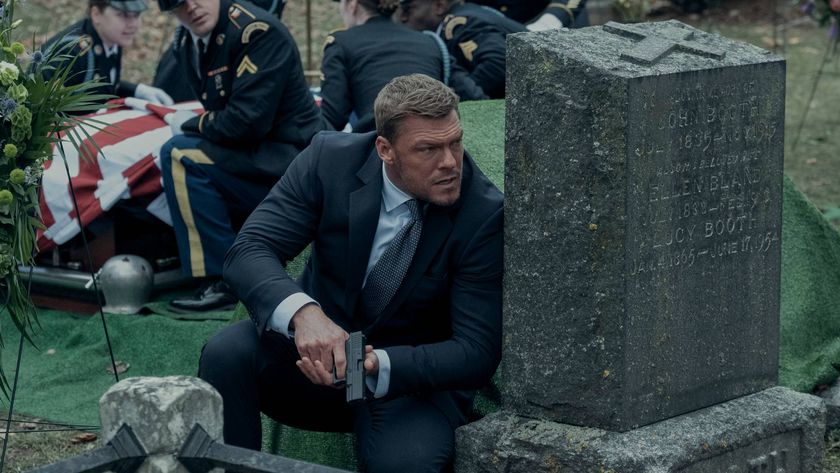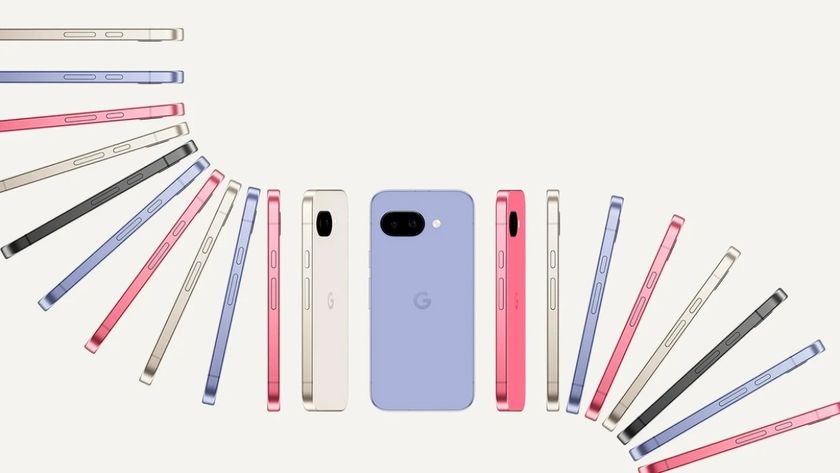That time it took me 25 years to finish a game
In 1990, I was eight years old and on the last stretch of a wonderful game called Treasure Island Dizzy. I had completed all the puzzles, found Blackbeard's secret kitchen and sold his microwave to the shopkeeper (Blackbeard had made Dizzy walk the plank so that seems only fair), and finally got the motorboat running to take me off the island. But that giddy excitement turned to horror. I didn't have all 30 coins; I had 29. What follows is so painful, it's similar to Finding Nemo's opening in terms of emotional anguish. Try not to cry. Before I could find that last coin, my parents sold my ZX Spectrum.
I don't blame them, I would have done the same. Their little boy had become pretty obsessed with it. I had started writing about it in schoolwork (something which clearly never got me anywhere), and constantly asking if I could have another hour of play. I'm amazed it lasted as long as it did. Imagine a kid today having Minecraft taken away from them, only instead of a heavily-pixelated 3D man named Steve, this was a heavily pixelated 2D egg called Dizzy. Thing is, unlike Minecraft, Dizzy has a definite ending – one that I assumed I would never see. There was no closure.
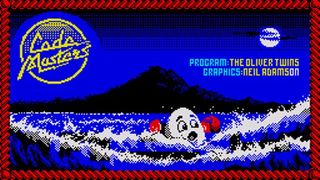
In the time since then, both the industry and that boy have changed almost unrecognisably. And the hardware that was once a large purchase for any family is now easy to emulate on a cheap laptop. Personally, I don't play emulated games as a rule, firstly because most are illegal, but also because they never feel the same as the original experience. But when Codemasters released an official, free, emulated (and now sadly removed) version of the Commodore 64's Treasure Island Dizzy about 5 years ago, of course I downloaded it.
It had save states. And I had knowledge. The internet had told me where the last coin was. So, of course, I got to the end of the game. But while there was an initial feeling of delight, I was ultimately unfulfilled. It felt hollow. It's emotionally not the same when you've finished a game using save states, and in this case literally not quite the same as this was the Commodore 64 version, which was almost identical, but had different music, slightly slower movement and different sprite rendering. It was close, but deep down, I still didn't have closure. There was only one solution: a real Speccy.

It took some 23 years for me to get another one, but eBay sorted me right out. With my own hard-earned (cough) money, I bought a fully working ZX Spectrum +2 for £50. Be still, my beating heart! Continuing that Finding Nemo parallel, I look at it and… (lip quivers) I'm home. And I took great delight in hooking up this vintage hardware to my 40-inch 3D TV, stereo system and frankly scandalously awesome 1080p HD upscaler. The Speccy even has RGB output, so (after another eBay purchase) I could see all of the colours in amazing clarity, instead of blue smudges and clashing colours. This wasn't just the real thing, it was the real thing at its very best.
And boy, is this old hardware magnificent. It loads games off freakin' audio cassette tapes. This model has 128kb of RAM (amazingly that's the deluxe one - the previous model was 48k). Even though the loading sounds could feasibly be used as torture, I still play them through my hifi, waiting for the loading screen to come gushing in, filling up those two-tone tiles and my heart in equal measure. I've seen Spectrum games load in emulators - it happens in an instant. It just isn't the same.
Sign up to the 12DOVE Newsletter
Weekly digests, tales from the communities you love, and more
The difference that authenticity makes is huge. I've heard people say that it's too much hassle and cost to get all the old kit together, but that really isn't the case. A Spectrum and a SCART cable are all you need to get started. The games cost about as much as they did at the time - roughly £3 in my experience. It might be harder to acquire a Spectrum if you're based in the US, but the brand itself doesn't matter. Actual, authentic old-school hardware from any company you used to love is there if you want it, and it's possible to make it look amazing on a modern TV.
There hasn't been an HD remake of Treasure Island Dizzy, but the last Spectrum Dizzy game, Prince of the Yolkfolk, did receive one on iOS. While it was nice to see the little egg happily bobbing away with an actual rounded shell, the HD, hand-drawn scenery can never live up to how you imagined it to look when it was in low-res, 8-bit pixelvision. There are fan remakes too, which vary in effectiveness. Too much added detail takes away the effect of your own imagination. And when you're dealing with childhood memories, that simply doesn't sit right.
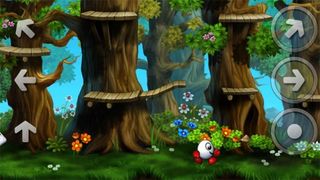
It's very telling that the best HD remakes (see Sonic CD or Daytona USA) stick very closely to their source material, providing a slicker version of the existing game. Cleaning up a real Spectrum by sending its picture through the best cable available is more than enough to make its games palatable for modern eyes. Like polishing a well-worn antique, it's imperfect, but still beautiful. And, as far as I'm concerned, still authentic.
So. Beautiful and authentic kit finally assembled, it still took more than another year of failed attempts for me to actually finish the game properly. Famously (OK, in certain circles), the game doesn't have a lives system because it turned out you could drop the snorkel underwater and die, then be stuck in a cycle of death because as soon as you respawned without the snorkel, the water killed you. When I spoke to The Oliver Twins who made the game, they told me that, with the game's deadline approaching, the lives system was simply removed, solving the problem, but also making one hit kill you completely.
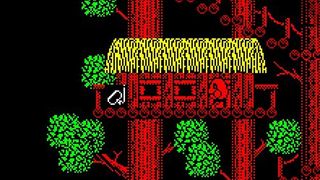
My final run only took about 20 minutes in the end, because I knew exactly what I had to do. And the joy of seeing the final - and 100% authentic - screen pop up after all those years was an amazing moment. It was like I was reaching back through time and high-fiving that scabby-kneed, polo-shirt-wearing, round-tummied kid version of me. We did it, little buddy! And we did it properly.
In some ways, this experience has been a welcome antidote to the modern completion culture that seems to demand you finish a game as quickly as possible. Nobody on Twitter ever boasts about how slowly they're taking a game. Instead, I find I have to finish a game faster to keep up with everyone else, or worse, to avoid Twitter spoilers. This end to my 25-year completion was completely on my terms. I took great delight in finishing the immediate sequel, too, Fantasy World Dizzy. And, as if to highlight the fact I'm now actually living in the future, I was able to use my pocket wondercomputer to take a picture and personally thank the devs.
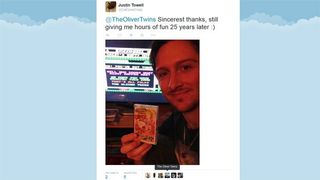
It's funny, really. Normally if I don't finish a game within the first month of encountering it, I never successfully come back to it and complete it. Maybe Dizzy's length helped in that respect – games these days are often far too complex and story-driven to be able to put them down for any length of time without forgetting where you were and what you were doing. This game is hard-wired into my memory, so it didn't feel like I'd ever been away. It didn't quite feel like yesterday, but certainly last month.
So now I'm wondering what other games in my 25-year pile of shame could be completed. I still haven't finished Ocarina of Time – I have two temples to go – but, for now, I think I should start at the bottom. If I remember correctly, Scrappy-Doo and I have some unfinished business…
Justin was a GamesRadar staffer for 10 years but is now a freelancer, musician and videographer. He's big on retro, Sega and racing games (especially retro Sega racing games) and currently also writes for Play Magazine, Traxion.gg, PC Gamer and TopTenReviews, as well as running his own YouTube channel. Having learned to love all platforms equally after Sega left the hardware industry (sniff), his favourite games include Christmas NiGHTS into Dreams, Zelda BotW, Sea of Thieves, Sega Rally Championship and Treasure Island Dizzy.


